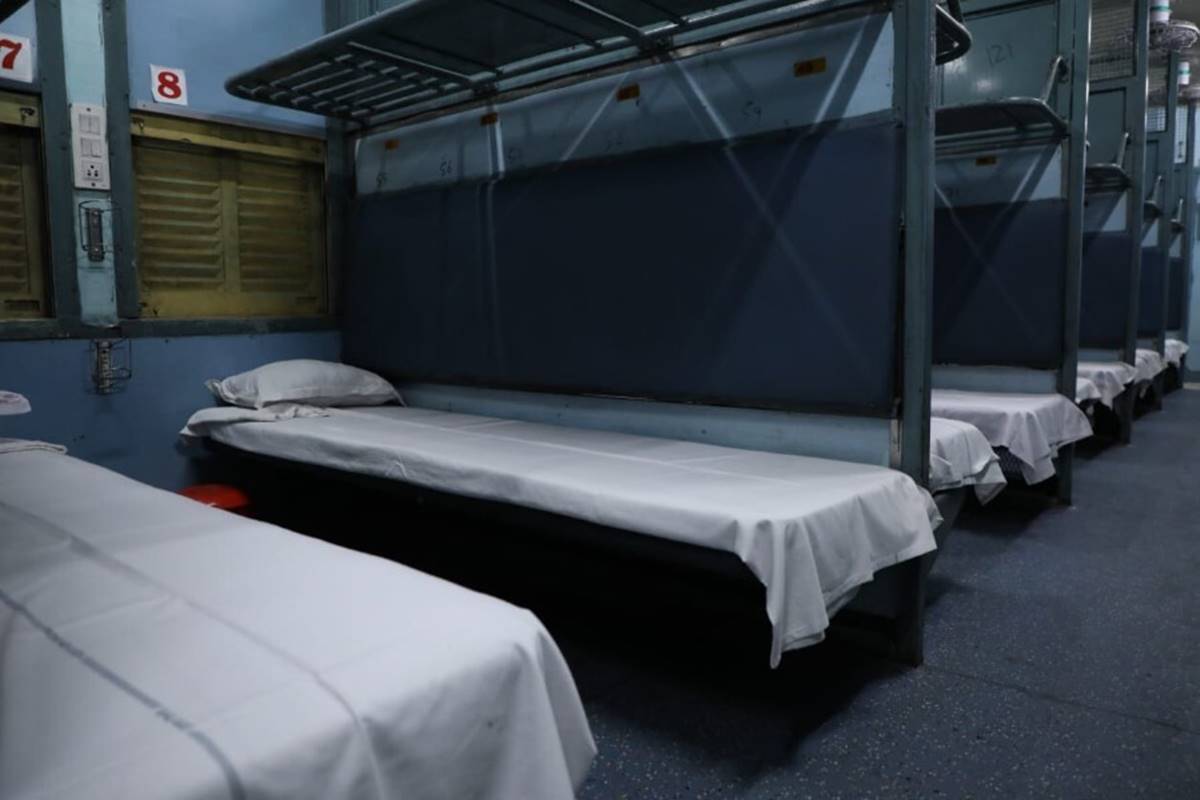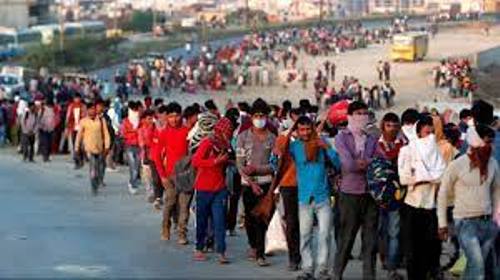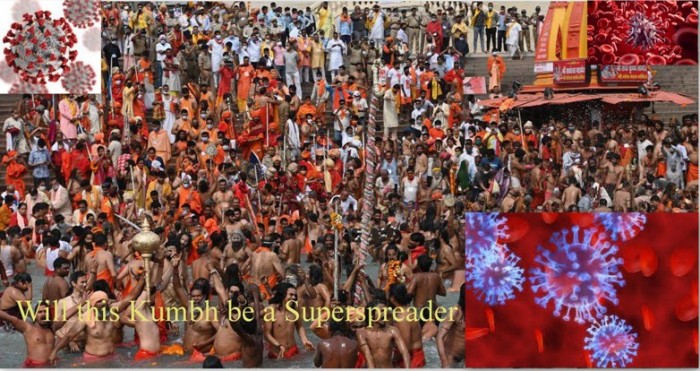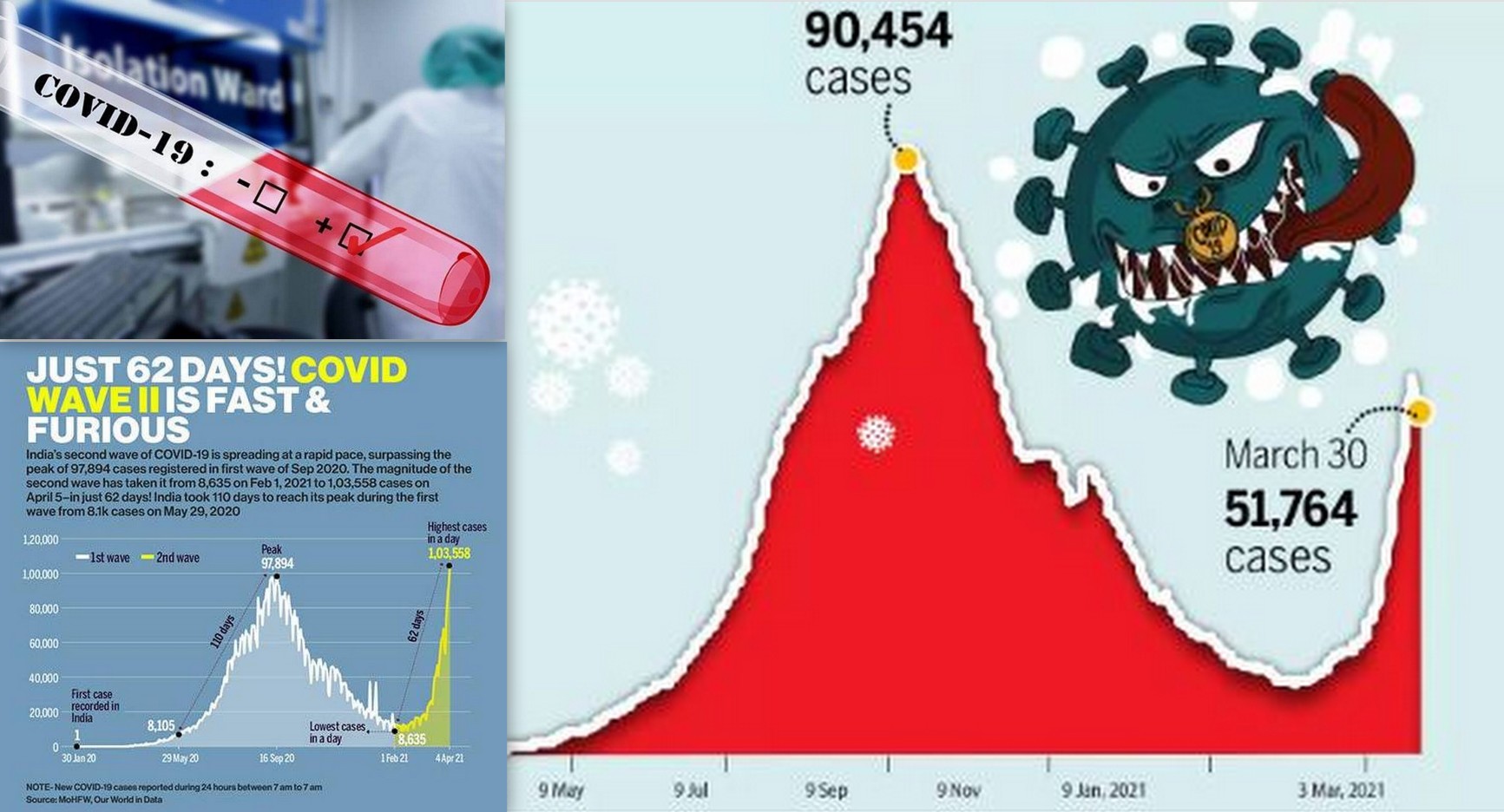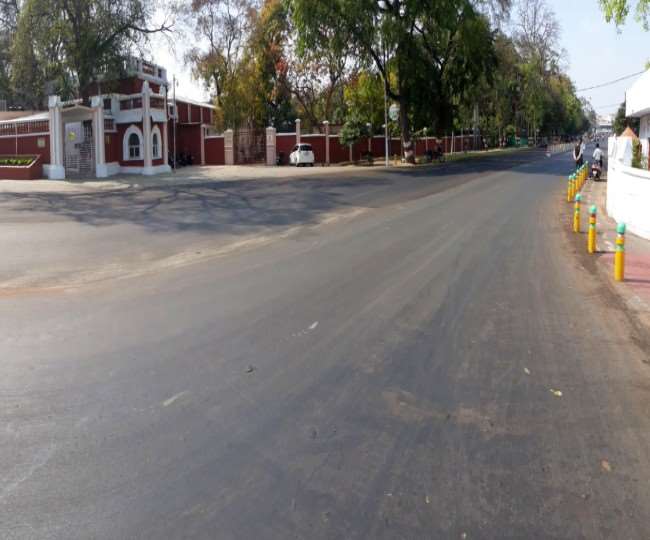In the last 24 hours (as on Thursday morning) India detected 1,26, 789 cases of Coronavirus infections, which is the highest so far. A day before that India had detected 1,15,736 cases of infections. As per the data of April 08, Maharashtra has recorded a new high of 59,907 cases & the infection count in Chattisgarh crossed the 10,000 mark for the first time. UP & Karnataka have reported more than 6000 cases. India recorded 685 related deaths, which pushed the toll to 1,66,862. The total caseload of India now stands at 1,29,28,574. The count of active cases has gone upto 9,10,319, which is 7.04% of the total infections, after the country registered a steady rise for the 29th day in a row. The recovery rate in the country has gone down to 91.67%.
At this pace of growth in the number of the infections recorded each day over almost a month, the country as per some estimates will witness on an average 100,000 cases per day and 5000-10,000 beds would be required each day for critical care & a corresponding quantum of Oxygen supply. It needs to be stated that this is a very conservative estimate and assuming that around 5-10% would need hospitalization. Even at this rate, at some point the health system in the country may face a situation of collapse.
In a parallel development, the division bench of the Delhi High Court on Thursday declined to entertain a case which seeks directions for measures to control the rising number of cases of the infections of Covid-19 in the National capital region. The division bench of the Delhi high court comprised of Justices Rekha Palli & Vipin Sanghi stated that steps like vaccination, awareness campaign on the use of masks & crucial safety steps like Social distancing are being taken by the state to control & contain the pandemic.
On Wednesday, in Delhi 5,506 new positive cases of Coronavirus infections were recorded with a positivity rate of 6.10% among the 90,201 tests conducted over a period of 24 hours. In the national capital, there are a total of 19,455 active cases (as on Thursday morning). In this context, a question arises: why is the judiciary uncomfortable in answering questions over legitimate demands on measures to control the spread of the virus?
Moving onto the international scale, the country is pursuing vaccine diplomacy, when on domestic front, the states are reporting shortage of vaccines against Covid19. In addition to the vaccine-shortage in various states, the existing capacity has not been ramped up to meet the growing demands of vaccines in India.
On the world platform, as part of vaccine diplomacy, India has supplied around 60 million doses of vaccines to around 70 countries. The two vaccines which have been supplied to other countries are the Covaxin & the Covishield (ChAdOx1-S), with respective efficacies at 81% & ~70%. The Covaxin developed by Bharat Biotech is a two-dose whole virion inactivated vaccine, which needs to be given in two doses separated by a duration of 28 days. Covishield, manufactured by SII is a recombinant vaccine against Covid19. It is perplexing that India is carrying out vaccine diplomacy at such a large scale when it is facing shortage of supplies in many of its own states.
In this regard, some questions arise naturally. The first question is; for what purpose such a large-scale of vaccine diplomacy is being implemented in such a time of national public health crisis in the middle of a second wave? The second question is; Is the vaccine diplomacy being carried out to skirt away the questions over the efficacies of the two indigenously manufactured vaccines? And the third question is; whether the vaccines are being distributed just for the purpose of image building of Modi whose government is on a backfoot in multiple issues which have come under international attention; farmers’ protests and suppression of dissent being some examples.
Also Read: DBT Secretary stated that all Indian vaccines are being developed for storage at 2-8 degree Celsius
GOI has been dealing with questions on its vaccination strategy & the supply of doses and methodologies like Cowin App, inspite of two vaccines being in mass production & when a nationally ambitious immunization is under way. Related to Cowin app, there has been an issue of fraudulent apps, posing as the Cowin app but were actually developed by unscrupulous elements. These fraudulent apps are asking for details from the unsuspecting people, which has been a headache for the Ministry of Health & the Ministry of Electronics and Information Technology. The country has been building and developing manufacturing capabilities to manufacture large quantities of vaccines over the last year. The vaccines for which the capabilities are being developed include Covovax, Sputnik V& Janssen vaccines. The Covovax is the SII’s version of NVX-CoV2373, which is a protein-based Covid19 vaccine. This vaccine targets the spike proteins on the surface envelope of the SAR-CoV-2 Coronavirus, which allows the virus to interact with the host body and infect the cells. Janssen is the Covid19 vaccine developed by Johnson & Johnson. It is a viral vector vaccine, and the vector in this case is mRNA.
Also Read: Concerns over the mutant strains of the Coronavirus in India-experts call for genome sequencing on a war footing
While the country is tackling with the issue of shortage & building capacities, the politics between the centre and the states has spilled into the distribution of vaccines. Various states pushed the Union Health Ministry to supply more vaccine doses and clear the path for vaccination for everyone above the age of 18 yrs. In response, the centre has asserted its view that the states having the second-wave of the spread of Covid19 are politicizing the public health issue and concurrently spreading lies. The centre also accused the states of not carrying out enough tests, contact tracing & ramping up the health infrastructure.
In this power-play between centre and states and that too in an election season, the population of the country is losing out on time in the face of a spreading virus which is in its second wave of transmission. Even with all the giddying optimism, it can be safely said that the best time to contain & fight Covid19 is gone as the country has ignored three important factors when the cases were declining: containment efforts to limit the spread, continued genetic sequencing and coverage of vaccines. The country had an opportunity to fight the spread with genomic sequencing on a war-footing which would have helped in understanding the epidemiology of the disease with respect to India.
Also See: New mutants of Coronavirus
That did not happen, and the spread could not be stopped & on top of it, the new mutants of the virus arrived. In this scenario, the allotment of hospital beds, coordination with the states, opening all age groups to vaccination, transparent fast-tracking the development of other vaccine candidates for the medical trials & augmentation of the healthcare facilities by the central government (which seems far-fetched since BJP is busy with only the polls) are needed urgently.
In this scenario, lockdown should be considered as a measure of the last resort to be used when no other steps work, to contain the spread of the virus, keeping in consideration the abysmal state of the economy.



